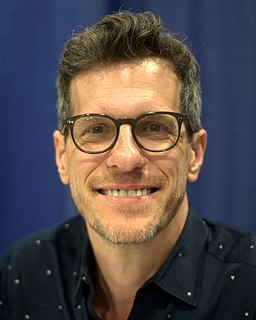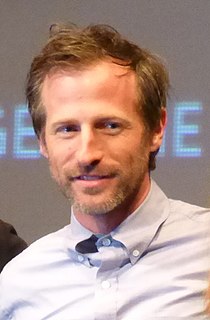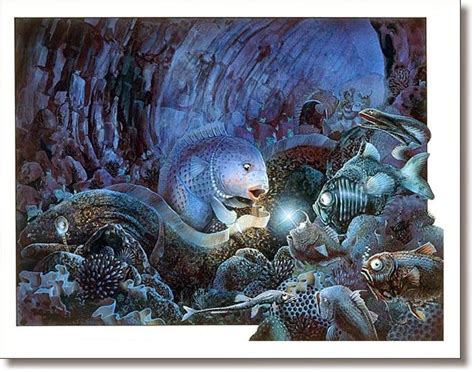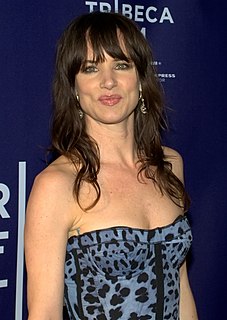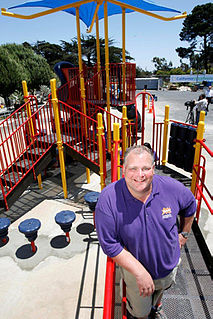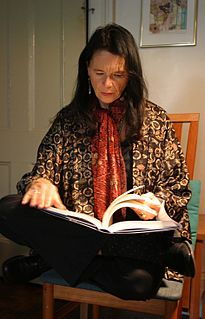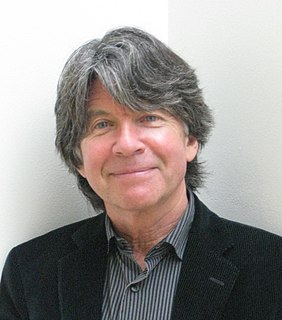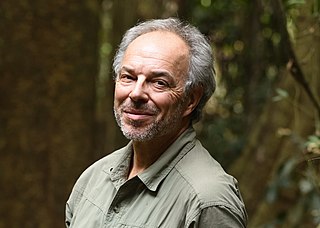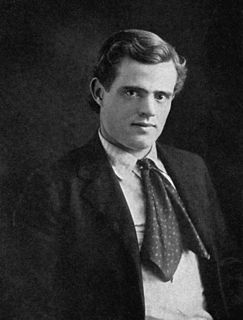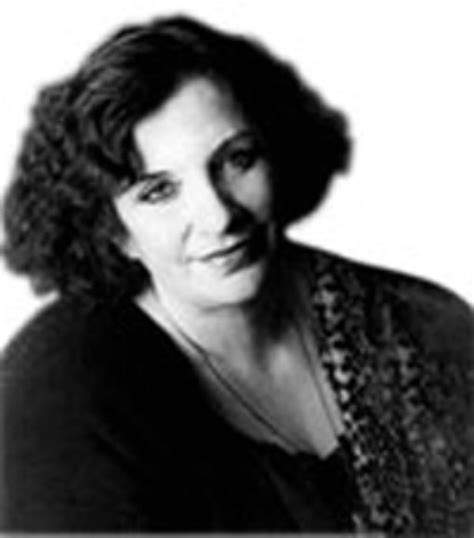A Quote by Brian Selznick
I've always loved the wild rumpus in 'Where the Wild Things Are' by Maurice Sendak, because the words disappear, the pictures take up the whole page, and we move forward in the story by turning the pages.
Related Quotes
The fact that Maurice Sendak said, "This is something that I made at your age, this was something that was personal to me, and now you need to take it and make something that's personal to you." I don't know, but we made the Where The Wild Things Are movie that we set out to make, and Maurice loves it. If Maurice was anxious about it, then I would be petrified.
I was lucky enough to know Maurice Sendak, and talked to him about doing the movie. For a while, I was really apprehensive of it, because Where The Wild Things Are is a book I love so much, and I didn't want to add something to it just to be able to make a movie, or put my stamp on it, or something like that.
Hear and attend and listen; for this is what befell and be-happened and became and was, O my Best Beloved, when the Tame animals were wild. The dog was wild, and the Horse was wild, and the Cow was wild, and the Sheep was wild, and the Pig was wild -as wild as wild could be - and they walked in the Wet Wild Woods by their wild lones. But the wildest of all the wild animals was the Cat. He walked by himself and all places were alike to him
Sendak's 1963 classic 'Where The Wild Things Are' has long been a favorite of mine because of the creative imagery, fantastic adventures and, most of all, because of how this timeless story shows us that children need to be free to roam, explore and invent in order to understand their place in the world that surrounds them.
Once a little boy sent me a charming card with a little drawing on it. I loved it. I answer all my children’s letters — sometimes very hastily — but this one I lingered over. I sent him a card and I drew a picture of a Wild Thing on it. I wrote, “Dear Jim: I loved your card.” Then I got a letter back from his mother and she said, “Jim loved your card so much he ate it.” That to me was one of the highest compliments I’ve ever received. He didn’t care that it was an original Maurice Sendak drawing or anything. He saw it, he loved it, he ate it.
On the sled, in the box, lay a third man whose toil was over, - a man whom the Wild had conquered and beaten down until he would never move nor struggle again. It is not the way of the Wild to like movement. Life is an offense to it, for life is movement; and the Wild aims always to destroy movement.
I call her Wild Woman, for those very words, wild and woman, create llamar o tocar a la puerta, the fairy-tale knock at the door of the deep feminine psyche. Llamar o tocar a la puerta means literally to play upon the instrument of the name in order to open a door. It means using words that summon up the opening of a passageway. No matter by which culture a woman is influenced, she understands the words wild and woman, intuitively.
